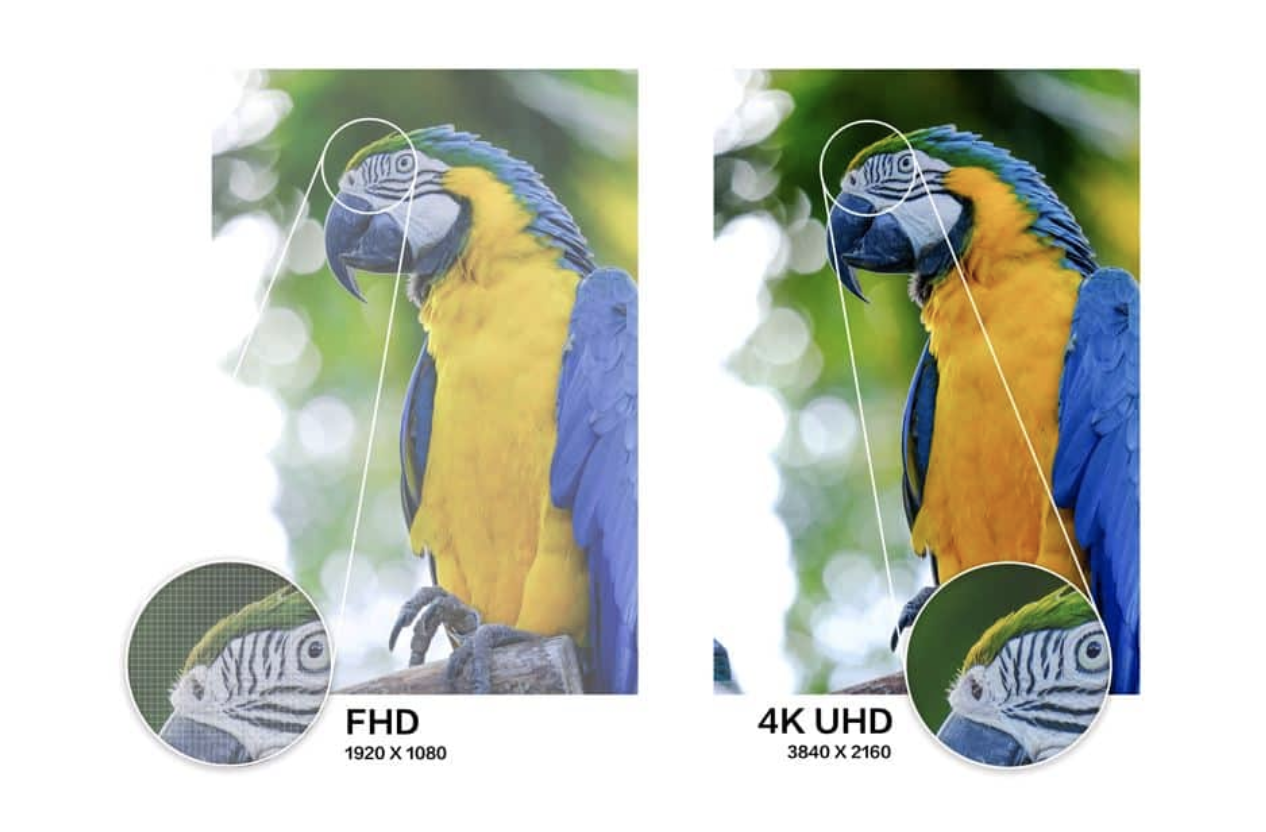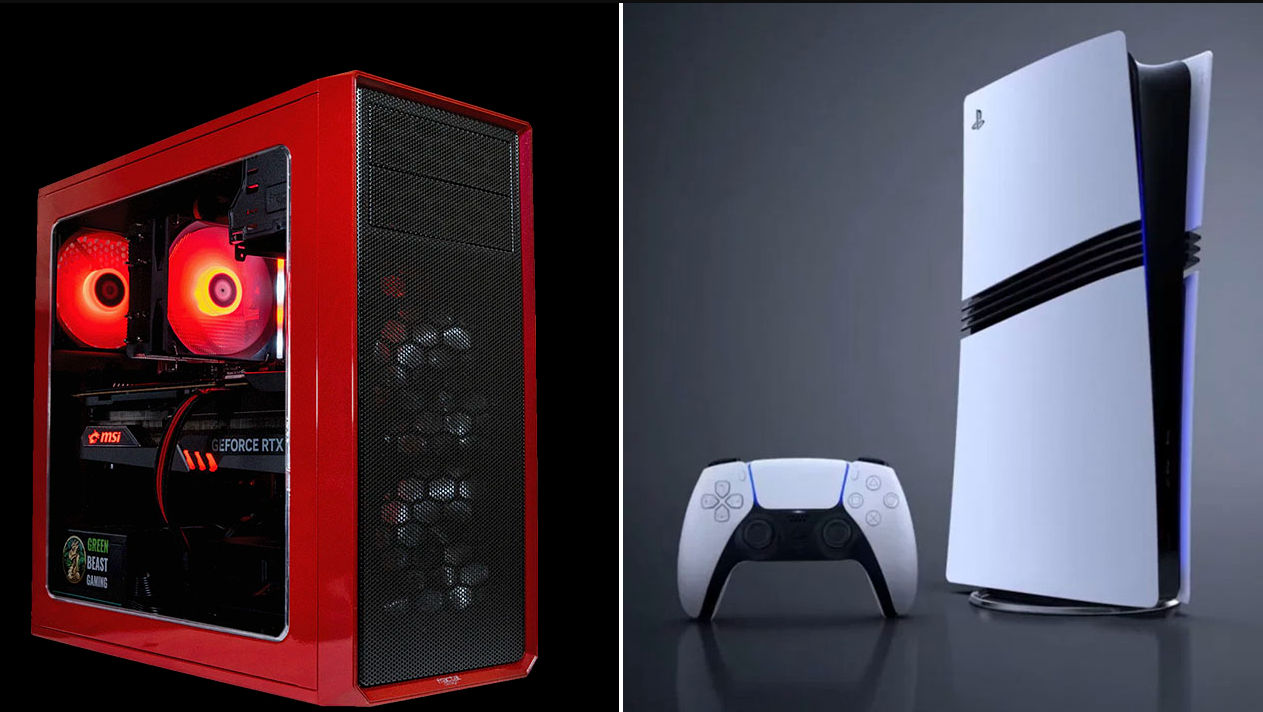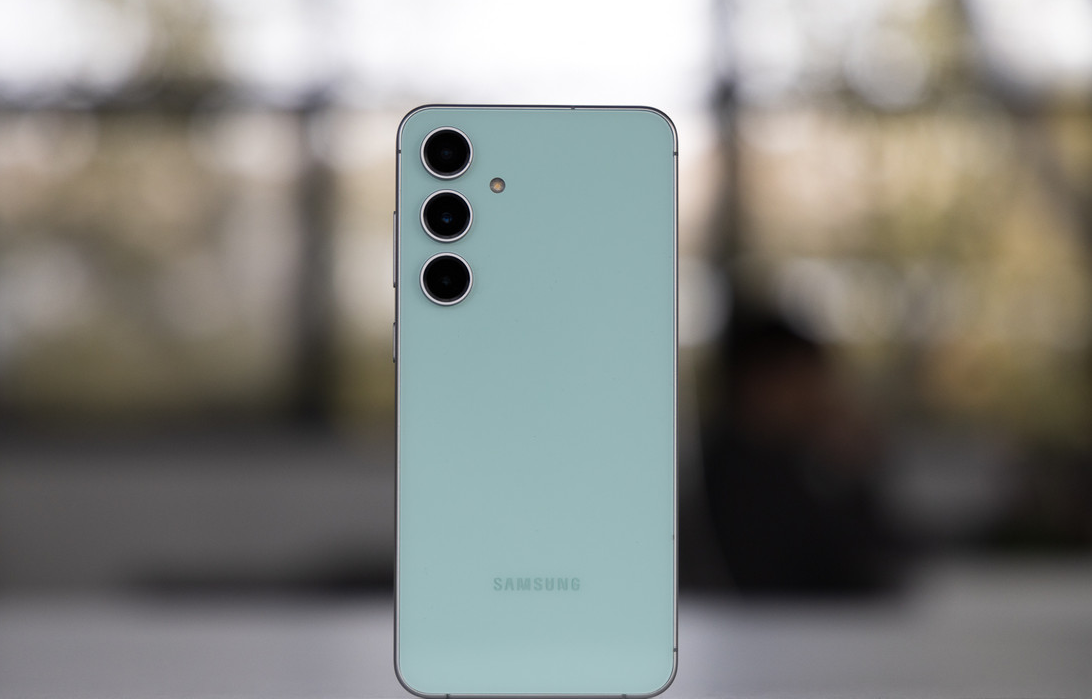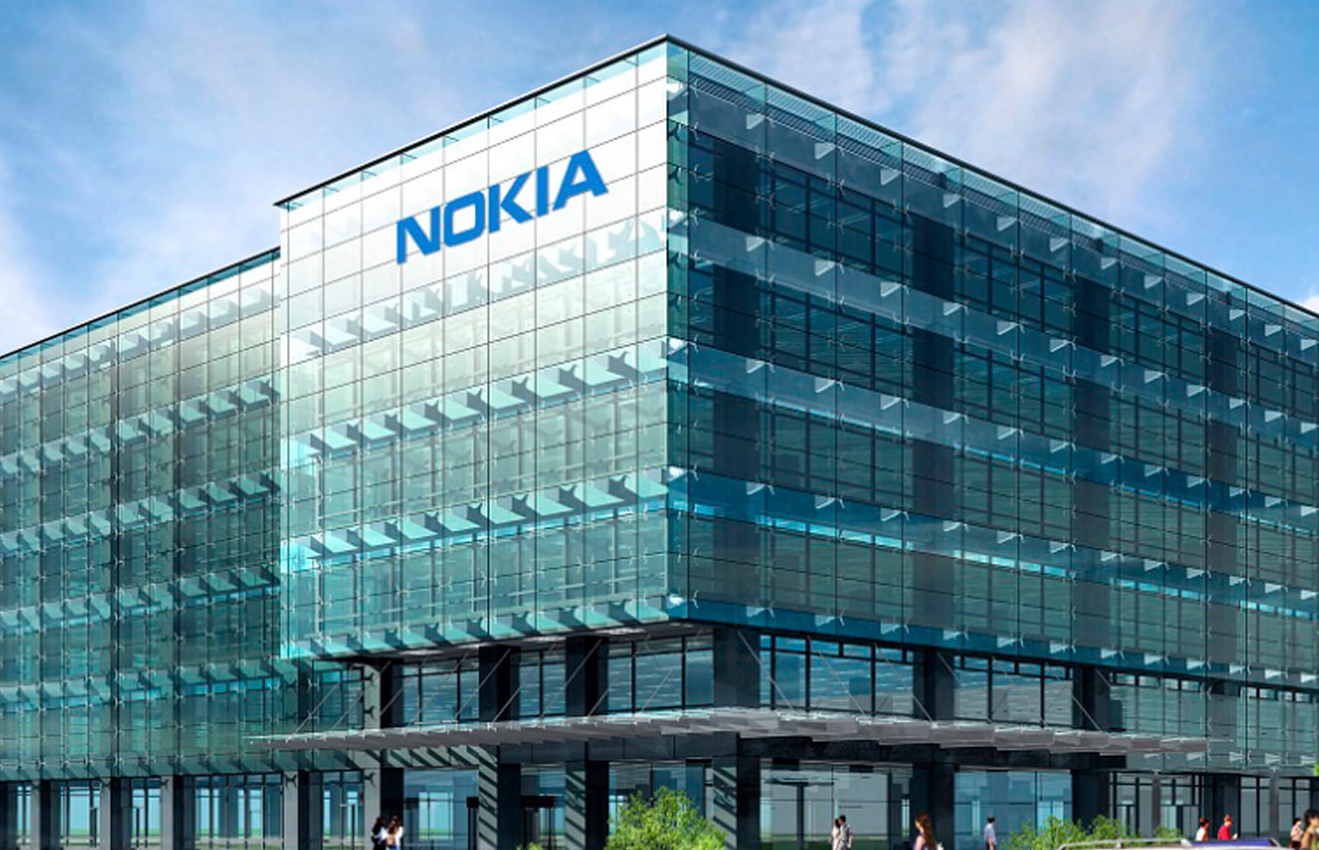
In the world of digital technology, progress is not standing still, and this is especially noticeable in the field of TVs. Two standards of screen resolution dominate the market today: 4K and Full HD. Both offer high quality images, but there are a number of key differences between them that are important to consider when choosing a TV. Let’s take a look at exactly how 4K differs from Full HD, and how these differences affect the user experience.
Screen resolution
4K (also known as Ultra HD) has a resolution of 3840×2160 pixels, which is four times the number of pixels of Full HD (1920×1080 pixels). This means that 4K TVs offer incredibly detailed images, making every frame more realistic and animated. Thanks to the high pixel density, it’s almost impossible to see individual dots on 4K screens, even when looking at them up close.
Colour rendering and contrast
4K TVs are often equipped with advanced image processing technologies that improve colour reproduction and contrast. This allows you to achieve deeper blacks and vibrant, saturated colours. Full HD TVs can also offer excellent picture quality, but due to their lower resolution, their ability to provide detail and depth is limited.
Content compatibility
At the moment, most TV programmes, movies and video games are produced in 4K resolution, making TVs with this resolution a more preferred choice for those looking for the most relevant and high-quality content. At the same time, Full HD remains the standard for many broadcasts and can fully satisfy the needs of users who are not looking for maximum image detail.
Game experience
For gamers, screen resolution plays an important role. 4K TVs offer more detailed and immersive graphics, which is especially noticeable in modern games with high quality graphics. However, keep in mind that 4K games require more powerful gaming hardware.
Price
4K TVs have traditionally cost more than their Full HD counterparts, but the price difference is gradually narrowing. The choice between 4K and Full HD depends largely on the buyer’s budget and their requirements for picture quality.
Comparison table of the main features of 4K and Full HD TVs
| Characterisation | 4K (Ultra HD) | Full HD (1080p) |
| Resolution | 3840×2160 pixels | 1920×1080 pixels |
| Pixel density | High, more detailed image | Lower than 4K, but enough for a clear image at viewing distance |
| Colour rendition | More advanced technologies to achieve richer and deeper colours | Good, but may be limited due to lower resolution |
| Contrast | Higher thanks to image enhancement technologies | Good, but may be inferior to 4K TVs in black depth |
| Content compatibility | Support for most new video formats and games optimised for 4K | Support for a wide range of content, but no 4K viewing capability |
| Game experience | Ideal for modern high-resolution games, requires powerful hardware | Suitable for gaming, but with less detail compared to 4K |
| Price | Higher due to advanced technology and higher resolution | More affordable, especially suitable for a limited budget |
| Close-up viewing | Pixels are virtually indistinguishable, providing exceptional image clarity | Pixels may become visible when viewed very closely |
Pros and cons of 4K TVs compared to Full HD TVs
Pros of 4K TVs
Highest resolution: 4K TVs offer a resolution of 3840×2160 pixels, providing an incredibly detailed picture. This is ideal for large screens where every detail matters.
Improved colour and contrast: Thanks to advanced image processing technology, 4K TVs are able to display deeper blacks and brighter, richer colours.
Optimised for future content: As more and more content is produced in 4K resolution, owners of these TVs will be able to enjoy the latest movies, series and games in the highest possible quality.
Better gaming experience: For gamers, 4K TVs offer an unprecedented level of detail and realism in graphics, which is especially important for today’s games.
More scaling options: 4K TVs do a better job of scaling low-resolution content, offering a sharper, higher quality picture.
Minuses of 4K TVs
High price: While the prices of 4K TVs are coming down, they are still higher than their Full HD counterparts, making them less affordable for some consumers.
Bandwidth requirements: Viewing 4K content online requires high internet speeds, which can be a problem in regions with limited connectivity.
Limited content: While 4K content is growing, it’s still not as widely available as Full HD, especially when it comes to TV shows and some streaming services.
Gaming hardware requirements: In order to play games in 4K at maximum settings, you need a powerful gaming PC or the latest generation console.
Pros and cons of Full HD TVs compared to 4K TVs
Pros of Full HD TVs
More affordable: One of the key advantages of Full HD TVs is their affordability. Compared to 4K TVs, they are offered at lower prices, making high-quality picture quality accessible to a wider range of customers.
Wide content availability: Most TV channels, movies and video games continue to be broadcast in Full HD resolution, giving users a wide choice of content without the need to upscale.
Lower internet bandwidth requirements: Viewing content in Full HD quality requires less bandwidth than 4K, making it more accessible to users with limited internet connection speeds.
Less reliance on powerful gaming hardware: Full HD gaming does not require as much powerful gaming hardware as 4K, reducing overall gaming system costs.
High picture quality for the average screen size: For medium-sized TVs (up to 55 inches), Full HD resolution provides excellent picture quality that will satisfy most users.
Cons of Full HD TVs
Lower resolution compared to 4K: Full HD TVs offer a resolution of 1920×1080 pixels, which is much lower than 4K TVs and may not offer the same image detail on larger screens.
Limited options for future content: As more and more content becomes available in 4K, Full HD TV owners may find their equipment aging and unable to play back content in the highest possible quality.
Less investment protection: Technology continues to evolve over time, and Full HD TVs can become obsolete more quickly than more modern 4K models.
Choosing between 4K and Full HD TVs depends on your personal preferences, budget and how you plan to use your TV. If you’re looking for the best picture quality, are ready to invest in the future and want to enjoy content in the highest resolution, 4K is your choice. For those looking for a more affordable option or not too concerned with the latest advances in screen resolution, Full HD still offers excellent picture quality.
In search of the perfect TV that fulfils your needs for picture quality and innovation? Don’t miss the chance to make your choice between 4K and Full HD even more favourable with reBITme.com! Go to our website reBITme.com and get an exclusive cashback on your next TV purchase!





